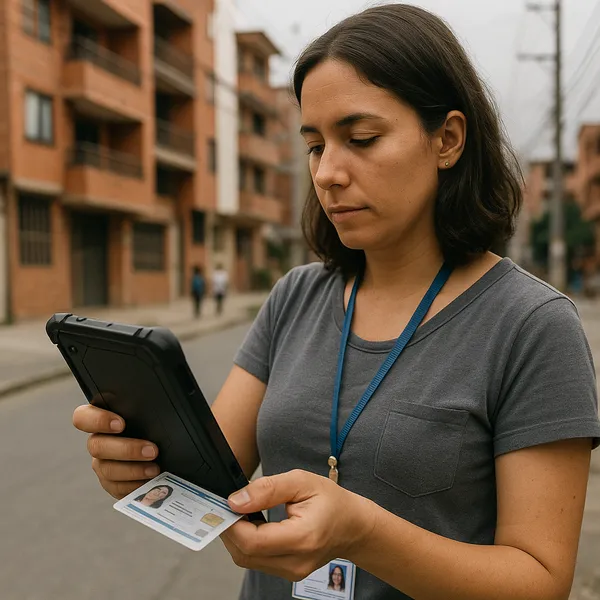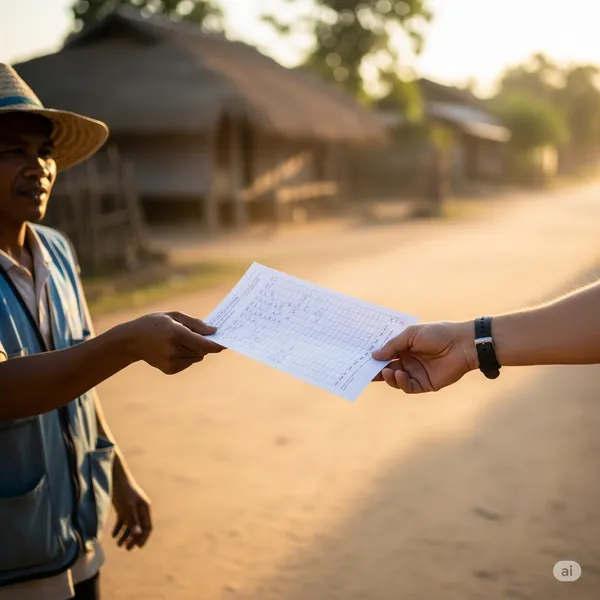The Dual-Use Verification Framework: Balancing Immediate Assurance with Institutional Reconstruction
Published on: Mon Feb 05 2024 by Ivar Strand
There is a wide and appropriate consensus within the international community that humanitarian aid in protracted crises should, wherever possible, be delivered in a way that supports, rather than supplants, long-term development and local capacity. This commitment to linking relief and development is a central tenet of the “Nexus” approach.
The primary challenge, however, is one of measurement and accountability. While this dual objective is often stated in program proposals, the monitoring and verification frameworks used to assess performance often remain narrowly focused on the immediate delivery of aid. It is easy to claim that an intervention serves two goals; it is far more difficult to prove it.
To address this assurance gap, we employ a “Dual-Use” Verification Framework. This is a methodical approach that requires any major humanitarian intervention to be designed, monitored, and evaluated against two distinct but parallel sets of indicators: one that measures its immediate humanitarian effectiveness, and one that measures its contribution to building sustainable, local systems.
Moving Beyond Anecdote to Evidence
Without a structured framework for verification, claims of “systems-strengthening” within a humanitarian project are often relegated to the level of anecdote or assumption. A program’s success is judged on its primary delivery metrics, and any contribution to local capacity is treated as a secondary, intangible benefit.
For external partners to be genuinely accountable for achieving their stated nexus objectives, and for implementing partners to get credit for the difficult work of systems-building, we need an objective, evidence-based methodology for tracking performance against both goals. The “Dual-Use” framework is designed to provide this evidentiary basis.
The “Dual-Use” Framework in Practice: A Case Example
The practical application of this framework is best illustrated with a common humanitarian scenario: a large-scale emergency food distribution program in a food-insecure, fragile state.
A traditional monitoring plan would focus exclusively on the first set of metrics below. Our “Dual-Use” framework requires the formal integration and verification of the second set, treating them with equal importance.
Metric Set 1: The Humanitarian Delivery Verification (Assessing the “Today”) This set of indicators measures the direct, life-saving effectiveness of the intervention. It is the traditional focus of fiduciary and programmatic oversight.
- Indicator 1.1: Number of unique beneficiaries correctly registered and verified as receiving their full and correct food ration.
- Indicator 1.2: Total tonnage of food procured, transported, and delivered to final distribution points in a timely and secure manner.
- Indicator 1.3: Beneficiary satisfaction rates with the quality and timeliness of the distribution process, as measured through post-distribution monitoring.
Metric Set 2: The Systems-Building Verification (Assessing the “Tomorrow”) This set of indicators measures the program’s deliberate contribution to the capacity and resilience of local institutions.
- Indicator 2.1: Was the national government’s own social protection beneficiary registry used for targeting and registration? If so, what specific, documented improvements were made to the registry’s accuracy, coverage, or functionality as a direct result of the program’s investment?
- Indicator 2.2: What percentage of the total budget for food, logistics, and transportation services was procured from local private sector companies, rather than through international supply chains?
- Indicator 2.3: Was a formal capacity-building component, with its own dedicated budget line and staff, embedded within the relevant government ministry (e.g., the Ministry of Agriculture or the National Disaster Management Agency) to support and mentor their role in the response?
From Parallel Metrics to Integrated Analysis
The power of this framework lies not just in tracking these two sets of indicators, but in analyzing them together. This provides senior decision-makers with a more sophisticated, quantitative basis for navigating the inevitable trade-offs between short-term efficiency and long-term sustainability.
For example, the data might show that procuring food through local suppliers (a positive result for Indicator 2.2) is 10% more expensive or marginally slower than using international supply chains (a negative variance for Indicator 1.2). This allows for a deliberate, evidence-based strategic discussion about whether that trade-off is a worthwhile investment in the local economy.
If we are serious about the goal of linking humanitarian aid and development, we must be equally serious about measuring it. The “Dual-Use” framework provides a practical and verifiable methodology for doing so. It is how we can hold our programs accountable for what truly matters: delivering life-saving aid in a way that also provides a down payment on a more resilient and self-sufficient future.



